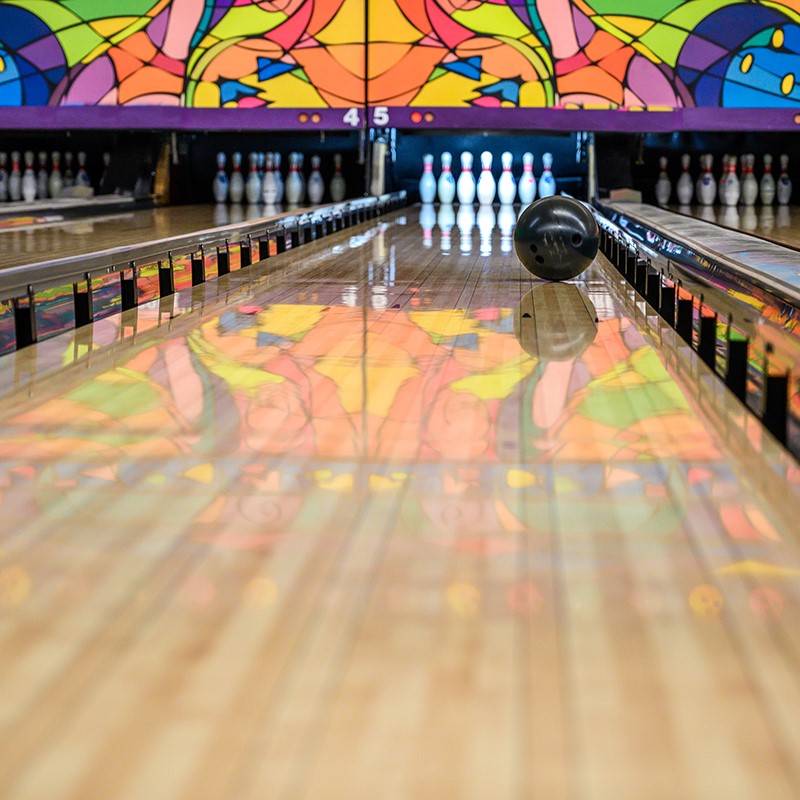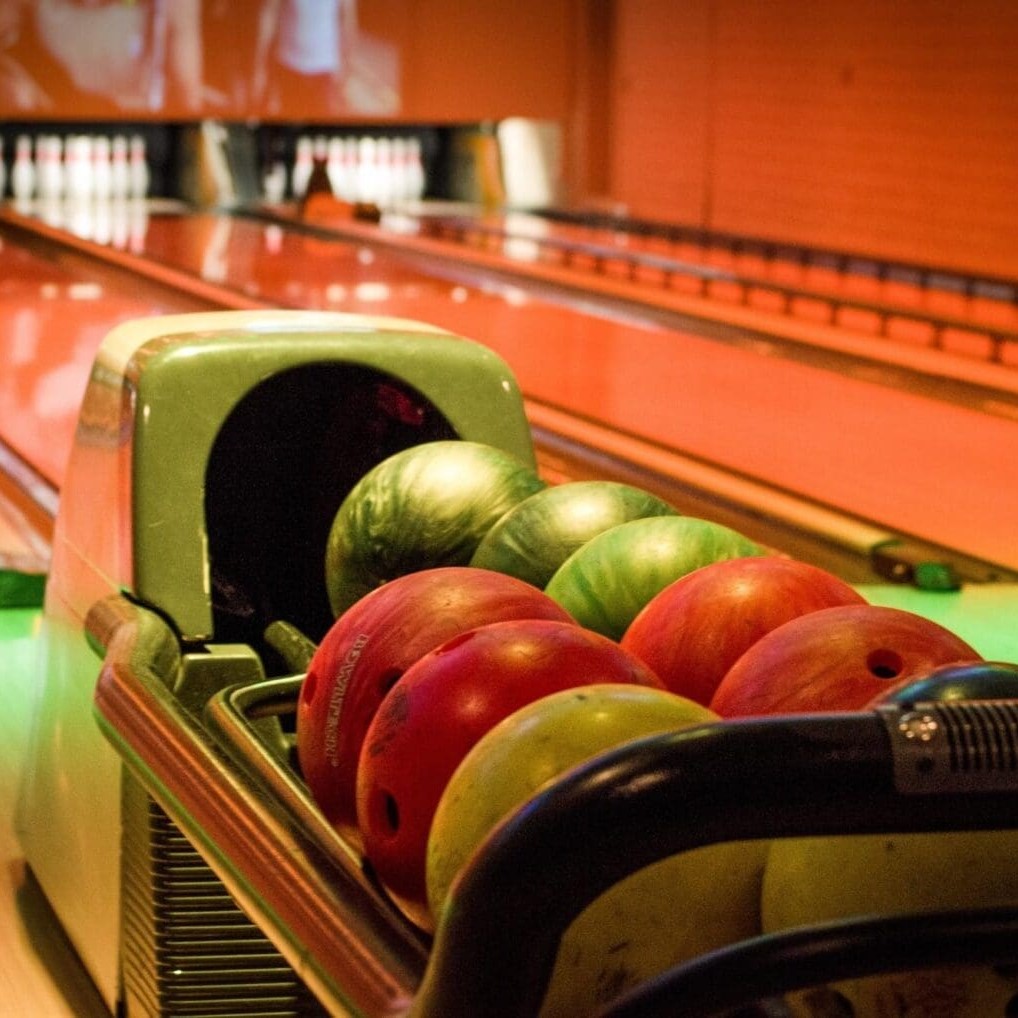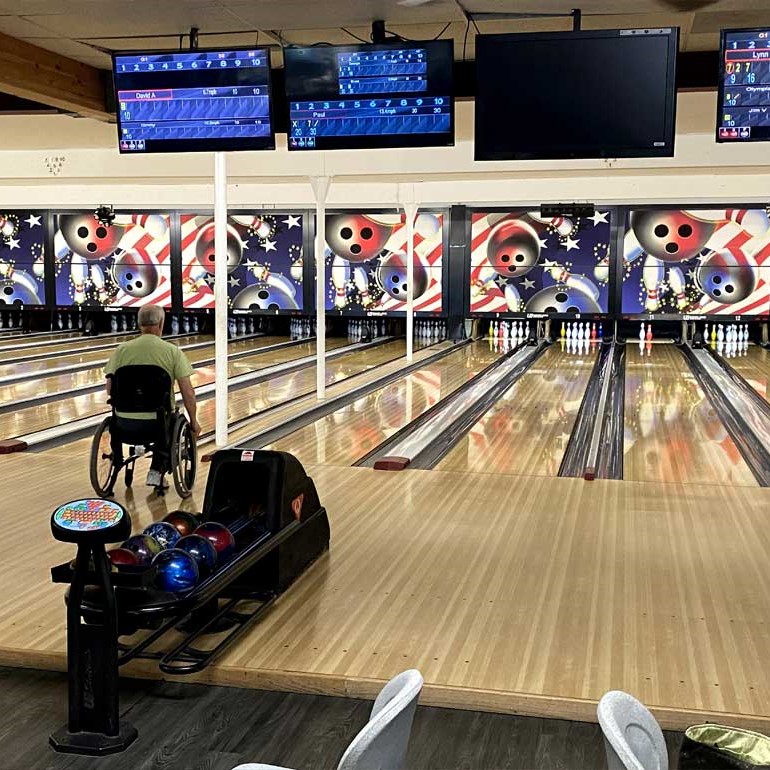Bowling is a beloved sport enjoyed by millions around the world, whether played casually with friends or competitively in leagues. A common question among bowlers, especially those new to the game, is: whats a good score in bowling? Understanding what makes a good score can enhance your appreciation of the game and help you set realistic goals. In this article, we delve into what defines a good bowling score, factors that influence scoring, and tips to improve your game.
 The Basics of Bowling Scoring
The Basics of Bowling Scoring
Before we address whats a good score in bowling, it’s essential to grasp the fundamentals of how bowling is scored.
How Bowling Scores Are Calculated
Bowling scores can seem complex at first, but they follow a straightforward system:
- Frames: A standard bowling game consists of ten frames. In each frame, you have two chances to knock down ten pins.
- Strikes and Spares:
- A strike occurs when you knock down all ten pins with the first ball. It scores ten points plus the total of your next two rolls.
- A spare happens when you knock down all ten pins within a frame using both balls. It scores ten points plus the total of your next roll.
- Open Frame: If you fail to knock down all ten pins after two attempts, you score the total number of pins knocked down in that frame.
Maximum and Minimum Scores
The highest possible score in bowling is 300, achieved by rolling twelve consecutive strikes. On the other hand, scoring zero is also possible, though rare, if no pins are knocked down in any of the twenty attempts.
What Constitutes a Good Score in Bowling?
Now, addressing the main question: whats a good score in bowling? The answer varies based on several factors, including your experience level and the context in which you’re bowling.
Average Scores by Experience Level
Understanding average scores can help you determine what a good score is for you personally.
- Beginners: If you’re new to bowling, scoring between 80 and 120 is typical. As you become more familiar with the game, expect your scores to improve.
- Intermediate Bowlers: Players with some experience might score between 120 and 160. Consistency and technique play significant roles in achieving these scores.
- Advanced Bowlers: Experienced bowlers often score between 160 and 200. They have mastered their approach, release, and can consistently hit strikes and spares.
- Professional Bowlers: Top-level professionals regularly score 200 and above, with many achieving perfect games of 300.
Context Matters
A good score also depends on the context:
- Casual Play: In a social setting, a good score might simply be improving your previous game or having fun.
- Competitive Play: In leagues or tournaments, a good score is relative to the average scores of the group. Striving to be above the league average is a common goal.
- Personal Goals: Setting and achieving personal milestones, such as reaching 150 or consistently scoring above 180, can define what a good score means to you.
 Factors Influencing Bowling Scores
Factors Influencing Bowling Scores
Several elements can affect your bowling score. Understanding these factors can help you improve and achieve better results.
Technique and Form
Your bowling technique significantly impacts your score. Proper stance, approach, swing, and release are crucial for consistency and accuracy.
- Stance: A stable and balanced starting position ensures a smooth approach.
- Approach: The number of steps and rhythm during your approach affect the power and control of your throw.
- Swing and Release: A controlled swing and precise release determine the direction and speed of the ball.
Ball Selection
Choosing the right bowling ball can enhance your performance. Factors to consider include:
- Weight: The ball should be light enough to handle comfortably but heavy enough to knock down pins effectively.
- Grip: Ensure the ball fits your fingers properly to prevent slipping and ensure a smooth release.
- Type of Ball: Different balls are designed for various lane conditions. Selecting the appropriate type can improve your accuracy and spare conversion.
Lane Conditions
The condition of the bowling lane plays a vital role in your score:
- Oil Patterns: The amount and distribution of oil on the lane affect how the ball behaves. Understanding oil patterns can help you adjust your play style.
- Lane Surface: A polished or worn lane surface can influence the ball’s trajectory and speed.
Mental Focus
Maintaining concentration and managing stress are essential for achieving a good score. Developing mental resilience can help you stay focused and perform consistently.
Tips to Improve Your Bowling Score
Improving your bowling score requires dedication and practice. Here are some actionable tips to help you enhance your game.
Practice Regularly
Consistent practice is the foundation of improvement. Regularly visiting the bowling alley allows you to refine your technique and build muscle memory.
Focus on Your Approach
A smooth and consistent approach can significantly impact your score. Pay attention to:
- Step Timing: Ensure your steps are even and rhythmic.
- Body Alignment: Keep your body aligned with your target throughout your approach.
- Follow-Through: A complete follow-through ensures the ball travels on the intended path.
Work on Spare Conversion
Spare conversion is crucial for high scores. Develop strategies for picking up spares by:
- Identifying Patterns: Recognize common spare setups and practice targeted shots.
- Adjusting Your Aim: Shift your aim slightly to account for lane conditions and ball behavior.
- Using the Right Angle: Approach spares from angles that increase the likelihood of knocking down all remaining pins.
Seek Professional Guidance
Consider taking lessons from a professional coach. They can provide personalized feedback and techniques to elevate your game.
Analyze and Adapt
Review your performance regularly. Identify areas of weakness and work on them. Adapting your strategy based on performance analysis can lead to continuous improvement.
Understanding Bowling Score Benchmarks
To better understand whats a good score in bowling, it’s helpful to recognize common benchmarks and what they signify.
Breaking 100
Achieving a score above 100 is a significant milestone for many bowlers. It indicates a basic understanding of the game and the ability to consistently knock down pins.
Breaking 150
A score of 150 demonstrates improved technique and consistency. Bowlers at this level can regularly convert spares and achieve a few strikes.
Breaking 200
Scoring above 200 showcases advanced skills and mastery of bowling techniques. Bowlers can consistently hit strikes, manage lane conditions, and maintain focus throughout the game.
Perfect Game: 300
A perfect game is the pinnacle of bowling achievement. It requires twelve consecutive strikes and flawless execution. While rare, it symbolizes exceptional skill and concentration.
 The Role of Bowling Leagues and Competitions
The Role of Bowling Leagues and Competitions
Participating in leagues and competitions can provide context for whats a good score in bowling by exposing you to varying skill levels and setting performance standards.
League Averages
In bowling leagues, average scores typically range between 150 and 180. Understanding your league’s average helps you gauge what a good score is within that environment.
Competitive Goals
Setting competitive goals, such as aiming to be in the top quartile of your league, can motivate you to improve. Tracking your progress against others provides tangible benchmarks for success.
Continuous Learning
Leagues and competitions offer opportunities to learn from others, observe different techniques, and adopt best practices to enhance your own game.
Technology and Tools to Enhance Your Bowling Game
Modern technology offers various tools to help bowlers improve their scores and understand their performance better.
Bowling Apps and Score Trackers
Using apps to track your scores, analyze patterns, and monitor progress can provide valuable insights into your game.
Video Analysis
Recording your bowling sessions allows you to review and refine your technique. Identifying flaws in your approach or release can lead to significant improvements.
Performance Aids
Devices like wrist supports, specialized bowling shoes, and ball inserts can enhance your performance by providing better control and comfort.
Common Myths About Bowling Scores
Misconceptions about bowling scoring can lead to confusion when determining whats a good score in bowling. Let’s debunk some common myths.
Myth: Higher Weight Balls Always Improve Scores
While heavier balls can knock down more pins, using a ball that’s too heavy can hinder your technique and lead to inconsistent scores. It’s essential to choose a weight that balances power and control.
Myth: Only Strikes Matter for a Good Score
Spare conversion is equally important. Consistently picking up spares can significantly boost your score, even without frequent strikes.
Myth: Bowling is Pure Luck
Skill, technique, and practice play a more substantial role in your score than luck. Understanding the game and honing your abilities are key to achieving higher scores.
The Psychological Aspect of Bowling
Mental strength is a crucial factor in determining whats a good score in bowling. Developing a strong mindset can enhance your performance.
Focus and Concentration
Maintaining focus throughout the game helps in executing consistent shots. Techniques like visualization and mindfulness can improve concentration.
Handling Pressure
Whether in casual play or competitive settings, managing pressure ensures you perform at your best. Breathing exercises and positive self-talk can aid in maintaining composure.
Setting Realistic Goals
Setting achievable goals keeps you motivated and provides a clear path for improvement. Celebrate small victories to build confidence and encourage continuous progress.
The Social and Recreational Benefits of Bowling
Beyond scores, bowling offers numerous social and recreational benefits that enhance the overall experience.
Building Friendships
Bowling fosters camaraderie and teamwork, making it a great way to build and maintain friendships.
Family Bonding
It’s an inclusive activity that families can enjoy together, promoting bonding and creating lasting memories.
Stress Relief
Engaging in physical activity like bowling helps reduce stress and improve mental well-being.
 Comparing Bowling to Other Sports
Comparing Bowling to Other Sports
Understanding how bowling scores stack up against other sports can provide additional perspective on whats a good score in bowling.
Skill vs. Physicality
Bowling relies more on skill, precision, and mental focus compared to sports that emphasize physical prowess. This makes it accessible to a wider range of ages and fitness levels.
Competitive Nature
Similar to sports like golf or darts, bowling allows for both casual play and serious competition, catering to varied interests and skill levels.
Accessibility
Bowling alleys are widely available, making it an easily accessible sport for many, unlike some sports that require specific venues or equipment.
Bowling Etiquette and Its Impact on Scores
Proper bowling etiquette ensures a pleasant experience and can indirectly influence your scores by maintaining a positive environment.
Respecting Other Bowlers
Being mindful of others’ turns and maintaining a quiet demeanor helps everyone focus and perform better.
Proper Footwear
Wearing appropriate bowling shoes prevents accidents and ensures smooth play, contributing to better performance.
Lane Courtesy
Avoid stepping on the foul line and clean up any spills to keep the lanes in good condition for everyone.
The Evolution of Bowling Scores Over Time
Bowling scores have evolved with advancements in technology and techniques. Understanding this evolution can provide context for answering whats a good score in bowling.
Technological Advancements
Improvements in bowling ball design, lane conditioning, and scoring systems have influenced average scores over the years.
Enhanced Training Methods
Modern training techniques and professional coaching have elevated the overall skill level of bowlers, leading to higher average scores.
Increased Popularity
As bowling gains popularity, more people participate, bringing diverse skill levels and contributing to a dynamic scoring landscape.
 Personal Stories: What Makes a Good Score?
Personal Stories: What Makes a Good Score?
Personal anecdotes from bowlers can illustrate what whats a good score in bowling truly means.
The Newcomer’s Journey
Many beginners view a score of 100 as a significant achievement. With practice, they transition to higher scores, reflecting their growing confidence and skill.
The Competitive Bowler
For competitive bowlers, a good score is often above 180, showcasing their commitment and expertise in the sport.
Recreational Enthusiast
Casual bowlers may prioritize fun and social interaction over high scores, considering any improvement or participation as a good score.
Future Trends in Bowling and Scoring
The future of bowling promises exciting developments that could redefine what a good score in bowling means.
Technological Integration
Enhanced analytics, virtual reality training, and smart bowling equipment are set to revolutionize how scores are tracked and improved.
Inclusivity and Accessibility
Efforts to make bowling more inclusive will bring in diverse participants, enriching the scoring dynamics and community spirit.
Sustainable Practices
Eco-friendly initiatives in bowling alleys, such as energy-efficient lighting and recycling programs, contribute to a positive future for the sport.
Conclusion: Defining What’s a Good Score in Bowling for You
Ultimately, determining whats a good score in bowling is a personal journey. It depends on your skill level, goals, and the context in which you bowl. Whether you’re a casual player enjoying time with friends or a competitive bowler striving for high scores, understanding the nuances of bowling scores can enhance your experience and drive improvement. Embrace the sport, set realistic goals, and celebrate your achievements, no matter the number. Remember, bowling is not just about the score—it’s about the enjoyment, camaraderie, and personal growth that come with each game.